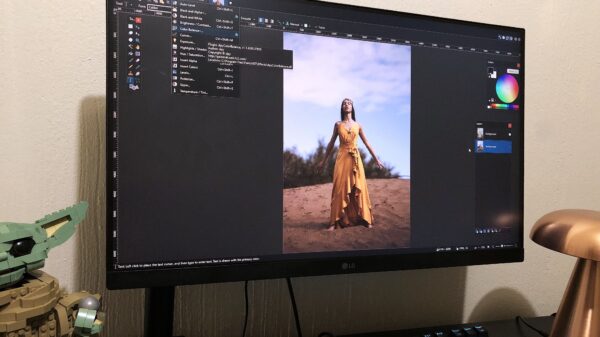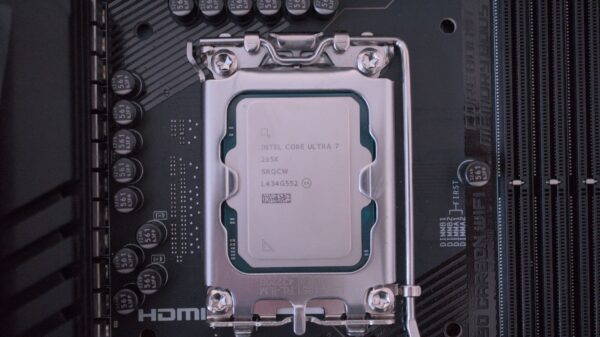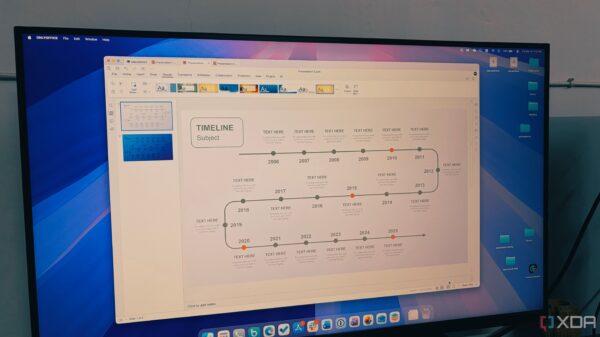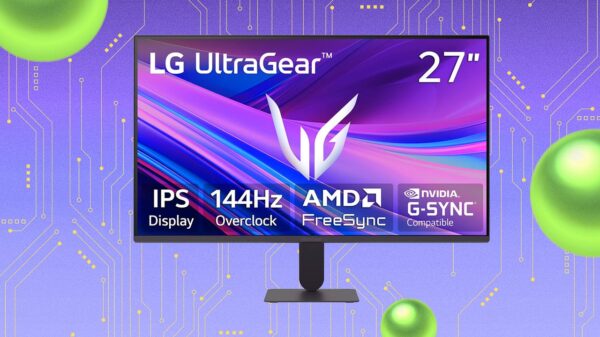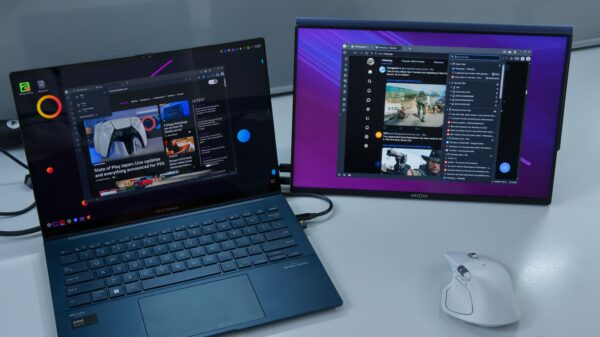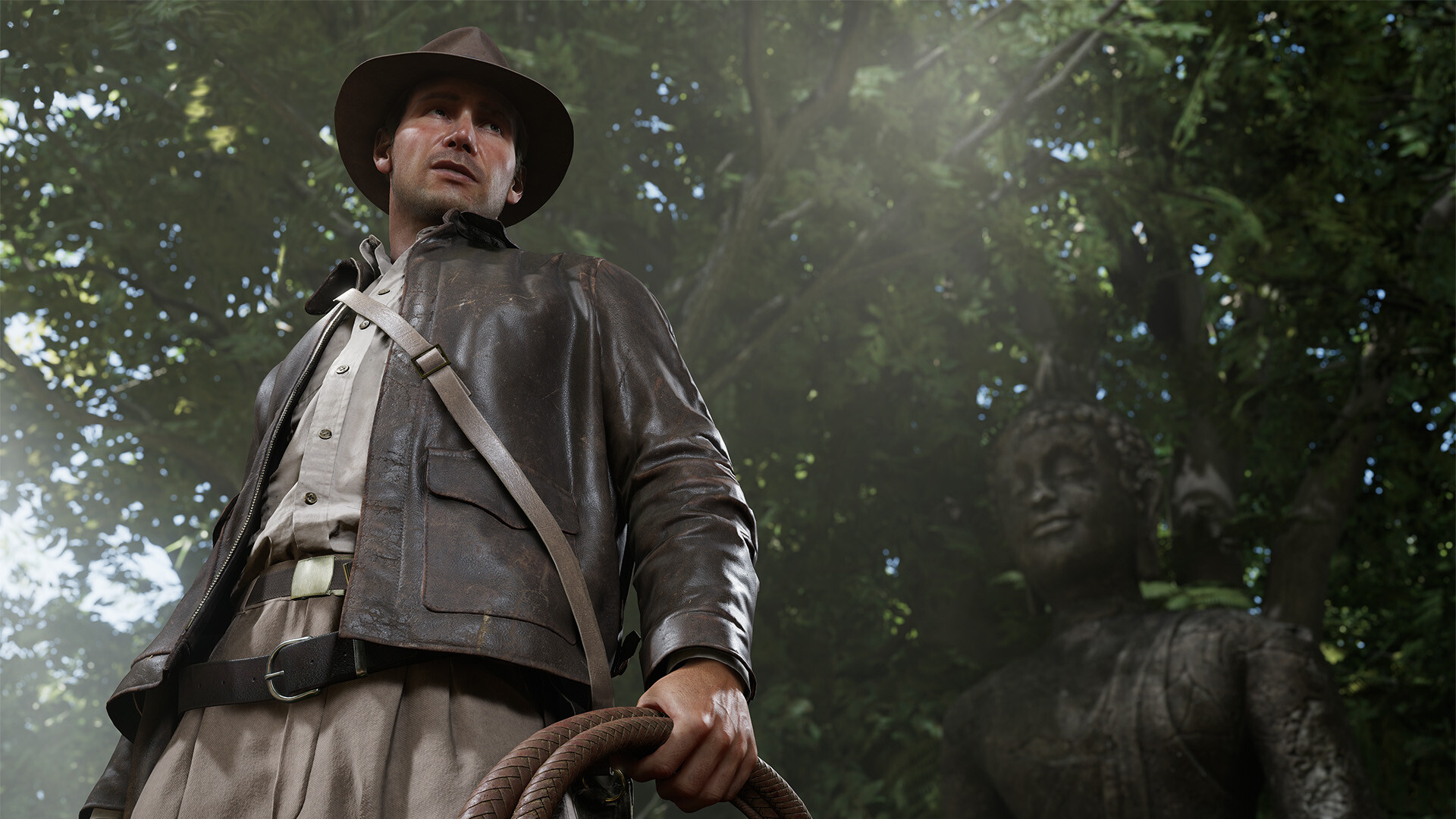The release of *Indiana Jones and the Great Circle* has sparked discussions among players and critics about the game’s first-person perspective. Developer MachineGames has defended this choice, emphasizing the immersive experience it offers, allowing players to fully embody the iconic character of Indiana Jones.
In a recent interview, a journalist questioned why the game primarily uses a first-person viewpoint instead of the traditional third-person perspective. Jens Andersson, the design director at MachineGames, explained that the studio’s history with first-person games, particularly Wolfenstein, influenced this decision. He noted that the close-up view enhances the experience of uncovering artifacts and solving puzzles, stating, “We love that perspective. It’s a great way of telling stories.”
This focus on first-person gameplay diverges from the conventions established by previous action-adventure titles such as the Uncharted and Tomb Raider series, which have traditionally employed third-person perspectives. Critics of the first-person approach often cite the ease of platforming and character visibility as advantages of the latter. Yet, the developers argue that predetermined perspectives can limit creativity and innovation in game design.
MachineGames faced challenges in refining this perspective, taking “years” to perfect it. Their commitment paid off, as the game has been well-received, earning a five-star review that praises its effective blend of character and mechanics. Rather than frequently showcasing Harrison Ford‘s likeness, the game encourages players to engage with the environment and narrative on a more personal level.
A notable aspect of the game is its attention to detail, particularly in the way it presents objectives. The journal players use to track their missions is a leather-bound diary left by Marion Ravenwood, rich with sketches and photographs that reflect a sense of history and character. Combat mechanics further enhance immersion, with the whip serving as a signature weapon that embodies the chaotic yet adventurous spirit of Indiana Jones.
As players navigate through challenging environments, the advantages of the first-person perspective become apparent. For instance, the claustrophobic experience of an ancient Egyptian tomb filled with sand showcases the tension and urgency that a more distant camera angle might fail to convey. Similarly, the tactile experience of sneaking through a treasure room amplifies the stakes, creating a sense of vulnerability.
Those who appreciate first-person gameplay often describe it as a deep dive into the character’s world, enabling a more profound connection with the story. This approach can be likened to cinematic adaptations that bring viewers closer to the action, allowing them to feel as though they are part of the narrative rather than mere spectators.
The success of *Indiana Jones and the Great Circle* raises questions about the future of character-driven games. With a team that previously developed titles like Escape from Butcher Bay, MachineGames appears well-equipped to innovate within this genre. As players eagerly anticipate additional content and downloadable expansions, it seems clear that the first-person perspective will remain a defining feature of this beloved franchise.
In summary, MachineGames’ dedication to a first-person perspective in *Indiana Jones and the Great Circle* not only sets the game apart from its predecessors but also enhances the overall storytelling experience. As the gaming community continues to engage with this title, the potential for further exploration into character-driven narratives remains promising.

